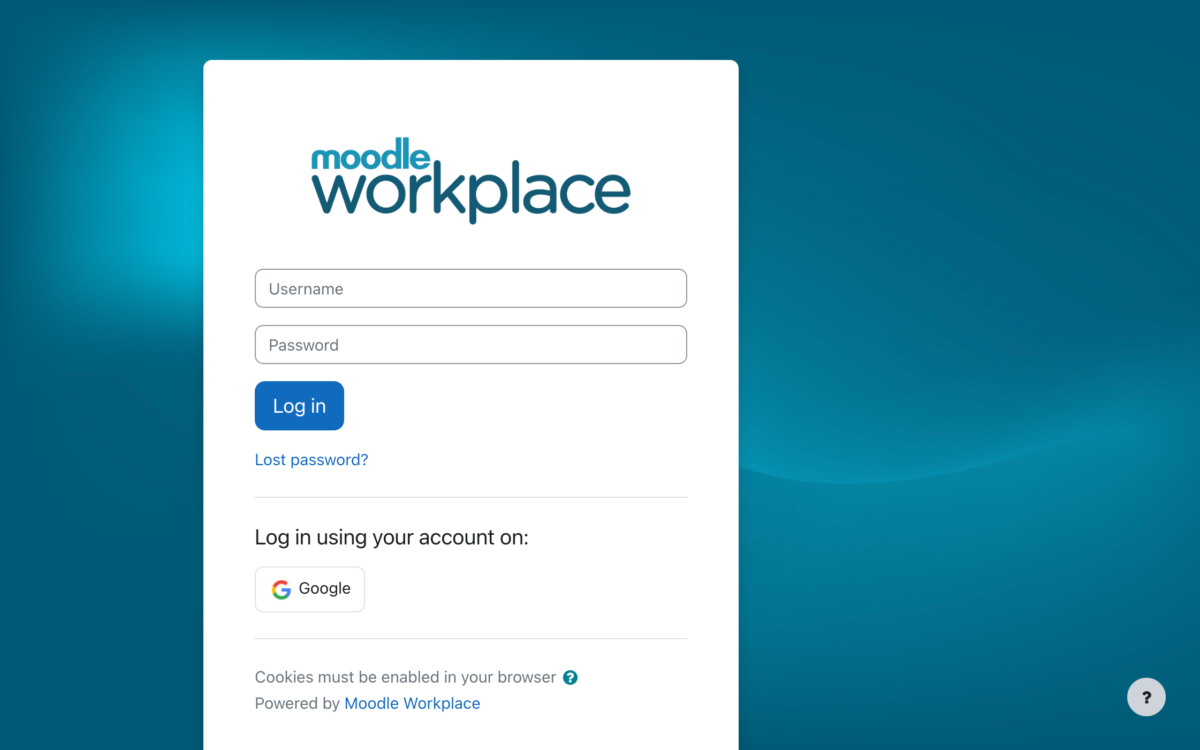We have all sat through training at some point in our careers and wondered silently ‘how is this relevant to my job?’. Employees often cannot connect their job to the business goals. The alignment of training with business goals can help employees make that connection.
Defining strategic vision
In the first instance, consider using strategy maps to share the company’s strategic vision. Employees need to know what the company’s goals are in order to understand how their work is connected to the vision and how they help achieve it. Importantly, sketching out a strategy map will identify skills and competency gaps – this is important to the content of your training. It helps you create training that is specific to the learner’s needs, and which in turn will ultimately help employees to achieve the business goal.
For example, your new sales associates receive excellent induction training, however you’ve noticed a decline in phone sales revenue. A strategy map may highlight steps new recruits are overlooking in their sales pitch. Once you’ve identified the gap, you can consider how you can integrate this goal into your e-learning course.
The instructional designer will want to incorporate activities that reinforce the sales pitch, steps the sales associate must remember. In this way, learning is targeted and makes a difference in the way the learner engages with the learner and how they apply it after the learning.
A business-centric approach to L&D helps learners connect with the company’s strategic vision. Staff will see how what they do helps the business achieve its goals and vision; this increases motivation and staff are likely to invest more into their job performance once they understand the goals of the business.
Writing training objectives
Once you’ve established the business goals, and where the likely skills and competency gaps are, you can start to plan your training content. Writing learning objectives for your course helps you to clarify course content and ensures you stay focused with the aims and objectives of what you want the learner to take away from the course.
In an earlier article we looked at storyboarding and how this technique is a great tool for mapping out the content of your course. The same principle can be applied to how you write your objectives. Storyboarding helps you keep on track. Make objectives real and achievable. Consider starting your objectives with the following:
- The aim of this course is to …
- The learner will be able to ….
Any more than four learning objectives will overwhelm the learner with too much information and not enough time to process it, so keep the number of learning objectives low. When writing objectives use verbs. For how to use take a look at Blooms revised taxonomy and Andrew Church’s digital taxonomy. Use a verb that fits the task.
These simple tips will help you understand how to map your training objectives to the company’s business goals and createa learning experience that will ultimately see a return on investment.







